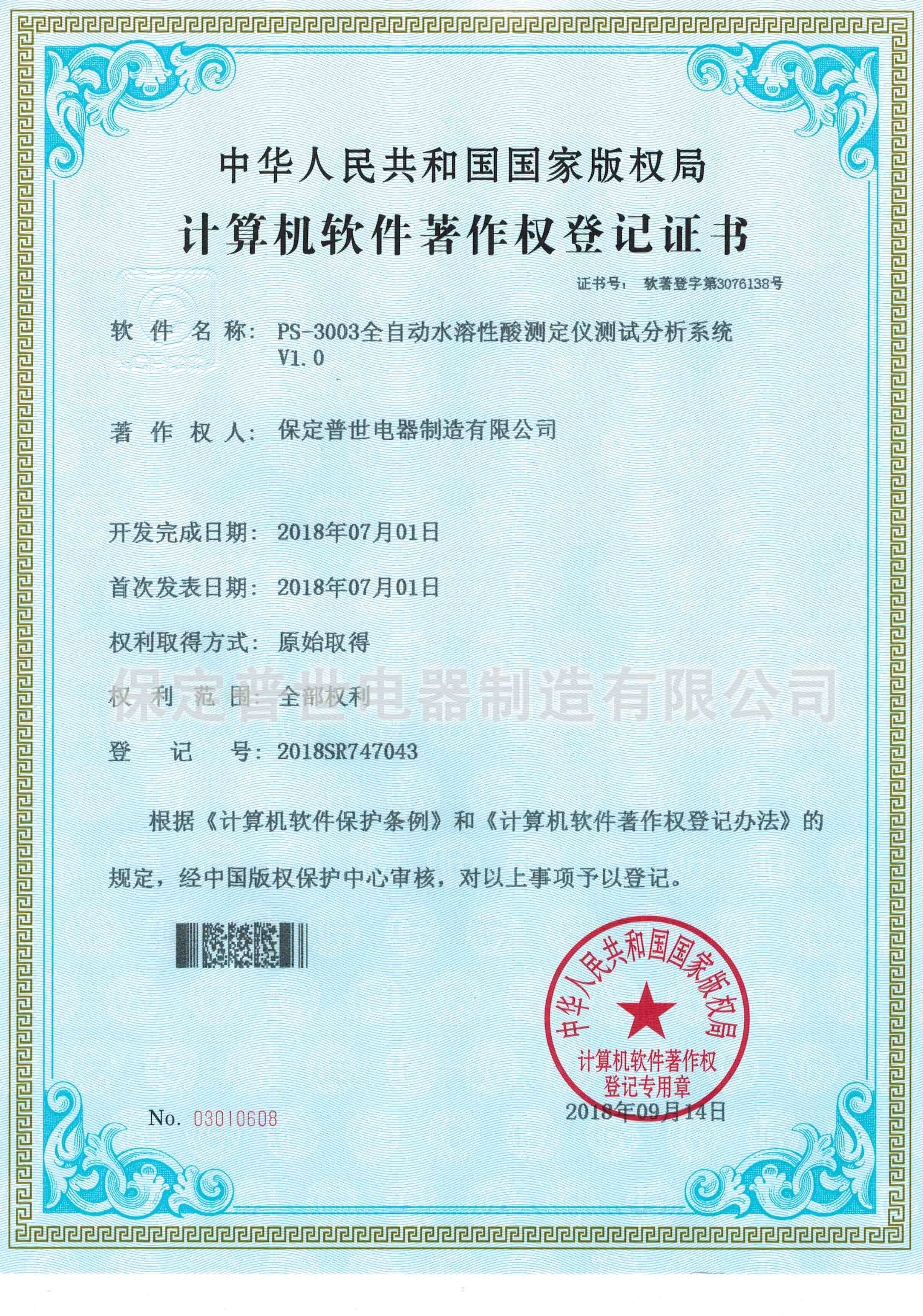 English
English



-
 Afrikaans
Afrikaans -
 Albanian
Albanian -
 Amharic
Amharic -
 Arabic
Arabic -
 Armenian
Armenian -
 Azerbaijani
Azerbaijani -
 Basque
Basque -
 Belarusian
Belarusian -
 Bengali
Bengali -
 Bosnian
Bosnian -
 Bulgarian
Bulgarian -
 Catalan
Catalan -
 Cebuano
Cebuano -
 China
China -
 China (Taiwan)
China (Taiwan) -
 Corsican
Corsican -
 Croatian
Croatian -
 Czech
Czech -
 Danish
Danish -
 Dutch
Dutch -
 English
English -
 Esperanto
Esperanto -
 Estonian
Estonian -
 Finnish
Finnish -
 French
French -
 Frisian
Frisian -
 Galician
Galician -
 Georgian
Georgian -
 German
German -
 Greek
Greek -
 Gujarati
Gujarati -
 Haitian Creole
Haitian Creole -
 hausa
hausa -
 hawaiian
hawaiian -
 Hebrew
Hebrew -
 Hindi
Hindi -
 Miao
Miao -
 Hungarian
Hungarian -
 Icelandic
Icelandic -
 igbo
igbo -
 Indonesian
Indonesian -
 irish
irish -
 Italian
Italian -
 Japanese
Japanese -
 Javanese
Javanese -
 Kannada
Kannada -
 kazakh
kazakh -
 Khmer
Khmer -
 Rwandese
Rwandese -
 Korean
Korean -
 Kurdish
Kurdish -
 Kyrgyz
Kyrgyz -
 Lao
Lao -
 Latin
Latin -
 Latvian
Latvian -
 Lithuanian
Lithuanian -
 Luxembourgish
Luxembourgish -
 Macedonian
Macedonian -
 Malgashi
Malgashi -
 Malay
Malay -
 Malayalam
Malayalam -
 Maltese
Maltese -
 Maori
Maori -
 Marathi
Marathi -
 Mongolian
Mongolian -
 Myanmar
Myanmar -
 Nepali
Nepali -
 Norwegian
Norwegian -
 Norwegian
Norwegian -
 Occitan
Occitan -
 Pashto
Pashto -
 Persian
Persian -
 Polish
Polish -
 Portuguese
Portuguese -
 Punjabi
Punjabi -
 Romanian
Romanian -
 Russian
Russian -
 Samoan
Samoan -
 Scottish Gaelic
Scottish Gaelic -
 Serbian
Serbian -
 Sesotho
Sesotho -
 Shona
Shona -
 Sindhi
Sindhi -
 Sinhala
Sinhala -
 Slovak
Slovak -
 Slovenian
Slovenian -
 Somali
Somali -
 Spanish
Spanish -
 Sundanese
Sundanese -
 Swahili
Swahili -
 Swedish
Swedish -
 Tagalog
Tagalog -
 Tajik
Tajik -
 Tamil
Tamil -
 Tatar
Tatar -
 Telugu
Telugu -
 Thai
Thai -
 Turkish
Turkish -
 Turkmen
Turkmen -
 Ukrainian
Ukrainian -
 Urdu
Urdu -
 Uighur
Uighur -
 Uzbek
Uzbek -
 Vietnamese
Vietnamese -
 Welsh
Welsh -
 Bantu
Bantu -
 Yiddish
Yiddish -
 Yoruba
Yoruba -
 Zulu
Zulu
gas chromatography equipment price
Understanding the Costs of Gas Chromatography Equipment
Gas chromatography (GC) is a powerful analytical technique widely used in various fields, including chemical analysis, environmental monitoring, pharmaceuticals, and food safety. By allowing scientists to separate and analyze compounds in a mixture, GC plays a crucial role in ensuring product quality and regulatory compliance. However, the costs associated with gas chromatography equipment can vary significantly based on several factors, making it essential for laboratories and researchers to understand the pricing landscape before making a purchase.
Initial Investment Costs
The price of gas chromatography equipment can range from a few thousand to several hundred thousand dollars. Factors that influence this pricing include the type and brand of the equipment, the features and capabilities it offers, and its intended application. Entry-level gas chromatographs, which are suitable for basic applications, may start around $3,000 to $10,000. In contrast, high-end systems with advanced features—such as mass spectrometry (MS) coupling, high-resolution detectors, and automated sample handling—can cost anywhere from $50,000 to $300,000 or more.
High-performance liquid chromatography (HPLC) systems, for example, often fall on the more expensive side due to their complex technology and higher sensitivity
. Additionally, specialized instruments designed for specific applications, such as petrochemical analysis or environmental testing, can further drive up costs.Ongoing Operating Expenses
In addition to the initial investment, laboratories must also consider ongoing operating expenses associated with gas chromatography equipment. These costs can include maintenance and calibration, consumables like columns, solvents, and gases, and personnel training. Regular maintenance is crucial to ensure the longevity and accuracy of GC systems, with annual service contracts typically costing between $2,000 and $5,000, depending on the complexity of the setup.
gas chromatography equipment price

Columns, one of the most significant consumables in GC, require periodic replacement. The price of GC columns can vary widely, ranging from $200 to $1,500 each, depending on their specificity and durability. Additionally, the cost of gases such as helium or hydrogen, used as carrier gases, can add up, with prices fluctuating based on market demand and purity levels required for specific analyses.
Used vs. New Equipment
For laboratories operating on a tight budget, purchasing used or refurbished gas chromatography equipment can be a viable option. Used equipment often comes at a significantly reduced price, sometimes 30% to 70% lower than new models. However, it’s essential to carefully assess the condition of used equipment, as well as verify that it meets current regulatory standards. Investing in used equipment may also involve additional costs for refurbishment or retrofitting to adapt to modern technology.
Financing Options and Grants
Many laboratories explore various financing options to manage the costs associated with gas chromatography equipment. Manufacturers and suppliers often offer financing solutions that allow laboratories to spread the cost over time through installment payments. Moreover, grants and funding programs may be available from government and industry organizations, particularly for academic and research institutions. These resources can significantly alleviate the financial burden of acquiring state-of-the-art analytical equipment.
Conclusion
In summary, the price of gas chromatography equipment can be influenced by numerous factors, including the type of system, ongoing operational costs, and whether it is new or used. Understanding these aspects is crucial for laboratories and researchers to make informed purchasing decisions. By effectively budgeting for both initial and recurring costs, laboratories can ensure they acquire the necessary equipment to meet their analytical needs while maintaining financial sustainability. Whether through new purchases, used equipment, or financing options, investing in gas chromatography technology remains a pivotal step towards advancing scientific research and quality control across various industries.
-
Testing Equipment Industry Sees Major Advancements in 2025: Smart & Precision Technologies Lead the WayNewsJun.06,2025
-
Applications of Direct Current Generators in Renewable Energy SystemsNewsJun.05,2025
-
Hipot Tester Calibration and Accuracy GuidelinesNewsJun.05,2025
-
Digital Circuit Breaker Analyzer Features and BenefitsNewsJun.05,2025
-
Benefits of Real-Time Power Quality Monitoring Devices for Industrial EfficiencyNewsJun.05,2025
-
Earth Fault Loop Testing in High-Rise Building Electrical SystemsNewsJun.05,2025



